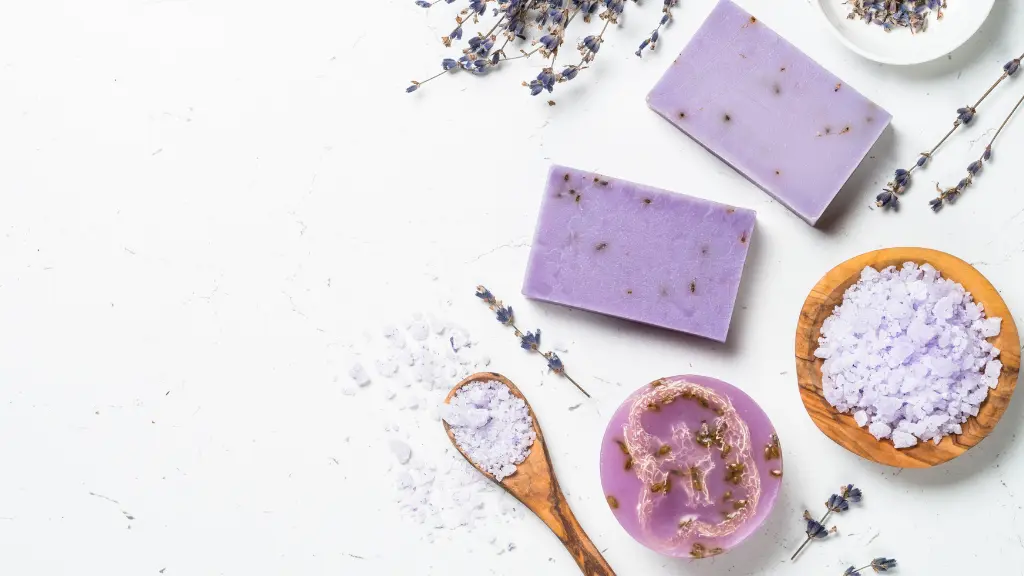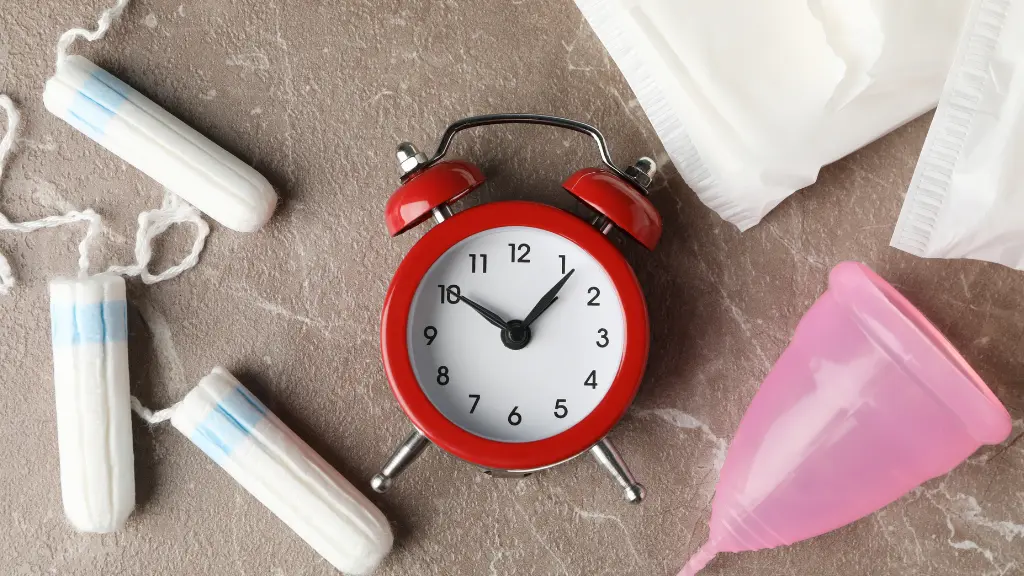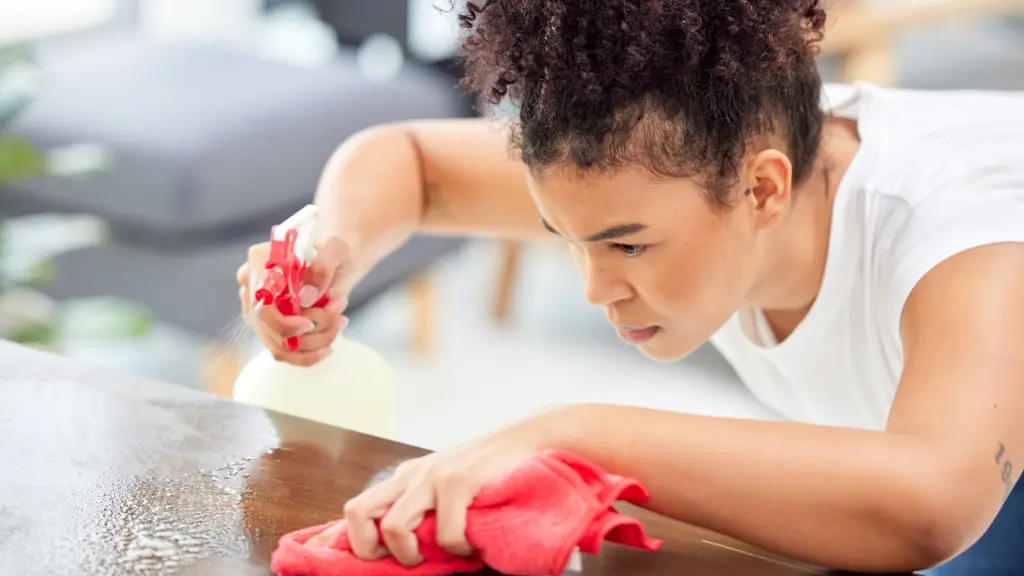Soap has been a staple in our daily hygiene routine for centuries. It’s designed to cleanse our skin, remove dirt, and protect against germs. However, there has been a longstanding myth surrounding bar soap and whether it can transmit infections.
This raises concerns for those who prefer using bars of soap over liquid soap or other cleansing products. So, can a bar of soap really spread germs or infections?
Let’s dive into the facts, debunk some common misconceptions, and explore how to properly use soap to keep your skin safe and clean.
You May Also Like: What Foods Should You Avoid to Prevent Kidney Stones?
The Basics of Soap and Infection
Soap is an essential tool in fighting germs. It works by breaking down oils and dirt on the skin, helping to wash away bacteria and viruses. The primary purpose of soap is to keep our hands, face, and body clean and free from harmful microorganisms that could cause illnesses.
While soap itself doesn’t inherently carry germs, there are some concerns about how soap can become contaminated. The question arises: Can germs survive on a bar of soap? And can they be transferred to your skin during use?
Do Bacteria Live on Soap?
To understand whether a bar of soap can transmit infections, it’s essential to first examine how bacteria behave on surfaces. Bacteria, viruses, and fungi thrive in warm, moist environments, which is why your soap dish can be a breeding ground for germs if not cleaned regularly.
But when it comes to bars of soap, the risk of infection transmission is relatively low. Here’s why:
- Soap’s Composition – Soap itself is a surfactant, meaning it works by breaking the surface tension of water and oil. This makes soap effective at removing dirt, oils, and bacteria from your skin. Soap molecules essentially trap and wash away bacteria when you rinse, which reduces the number of germs remaining on the soap.
- Bar Soap and Bacteria – Studies have shown that bar soap does not harbor bacteria long enough to pass them on to users. The moisture on a bar of soap creates an inhospitable environment for most types of harmful microorganisms. In fact, when a bar of soap is used with water, any bacteria that may linger on its surface are generally washed away quickly. Most studies have concluded that the likelihood of getting sick from using bar soap is very low.
- Drying and Bacteria – Bacteria can survive on the surface of wet soap, but they do not multiply on dry soap. Once the soap is allowed to dry between uses, the bacteria are typically wiped out by the exposure to air and drying conditions.
Can Soap Transmit Infections?
While bar soap itself isn’t likely to transmit infections, there are some ways germs could spread in shared environments:
- Shared Soap in Public Spaces – Public restrooms, gyms, or hotels often have communal soap dishes that multiple people use. In this case, the soap could be exposed to a range of bacteria, viruses, or fungi. However, as long as the soap is allowed to dry between uses, the risk remains low. If you’re concerned about communal soap, you can always use a personal soap bar or opt for liquid soap dispensers.
- Soap and Open Wounds – If you have an open wound or a skin infection, using bar soap may increase the risk of transferring bacteria from the soap to the affected area. This is particularly true if the soap isn’t dried properly after each use, as moist soap may allow bacteria to grow. Always ensure your bar soap dries completely between uses to minimize this risk.
- Hygiene Practices – The overall cleanliness of the soap dish and surrounding area matters. If soap is left in a dirty dish that’s frequently wet, it can harbor bacteria. Clean the soap dish regularly to prevent the buildup of grime and bacteria that could transfer to the soap.
Liquid Soap vs. Bar Soap: Which is Safer?
Liquid soap has become more popular over the years, and some people believe it is a safer option compared to bar soap, especially in public places. But is it really any better?
Liquid soap does come in a bottle with a pump, which reduces direct contact with the soap itself. As a result, liquid soap can be less likely to harbor bacteria than bar soap that comes into contact with wet hands, counters, or soap dishes. However, liquid soap isn’t immune to contamination.
- Bacteria in the Pump Dispenser – While liquid soap may seem more hygienic, bacteria can still grow in the pump dispenser, especially if the soap is left in a humid environment. It’s important to keep liquid soap dispensers clean and replace them regularly.
- Soap Quality – Both bar and liquid soaps can be equally effective at cleaning and protecting your skin from harmful germs. The key is to choose a soap with quality ingredients and use it properly.
Best Practices for Using Bar Soap Safely
While using bar soap doesn’t pose a major infection risk, there are still some important hygiene practices to follow to ensure you’re using soap in the safest way possible:
- Use a Soap Dish with Drainage – Always place your bar of soap on a dish that allows it to drain and dry out between uses. A well-ventilated dish helps the soap dry more effectively, preventing bacteria from building up.
- Don’t Share Soap – If possible, avoid sharing your bar soap with others, especially if they have open wounds or active skin infections. If sharing soap is unavoidable, make sure to rinse the soap thoroughly between uses.
- Keep Soap and Soap Dishes Clean – Clean your soap dish regularly to prevent soap scum and bacteria from accumulating. This ensures that your soap remains free of harmful germs.
- Dry Soap Between Uses – After each use, make sure the soap bar is allowed to dry completely. This helps reduce the growth of bacteria and keeps the soap safe to use.
- Use Soap with Antibacterial Properties – Some bar soaps contain antibacterial ingredients that can help eliminate germs. While it’s not strictly necessary, this can provide added protection if you’re concerned about bacteria or infections.
Conclusion: Bar Soap Is Safe to Use
In conclusion, while it’s possible for germs to survive briefly on a bar of soap, the likelihood of contracting an infection from bar soap is minimal if proper hygiene practices are followed. Soap’s primary purpose is to cleanse, and when used correctly, it effectively helps remove dirt, bacteria, and viruses from your skin.
The risk of infection is higher in situations where soap is shared in public spaces or not properly cared for. However, using your own soap, ensuring it dries completely, and maintaining a clean soap dish are simple ways to minimize any potential risks. Bar soap remains a safe and effective option for daily hygiene.
By following these basic hygiene practices, you can continue to use bar soap without concern. So, go ahead and enjoy your daily routine, knowing that proper soap usage is both safe and beneficial for your skin.
Summary
Bar soap, when used properly, does not transmit infections. While bacteria can survive briefly on its surface, soap is designed to clean and remove germs effectively. By using your soap correctly, avoiding sharing it, and ensuring proper drying, you can enjoy its benefits without concern.










